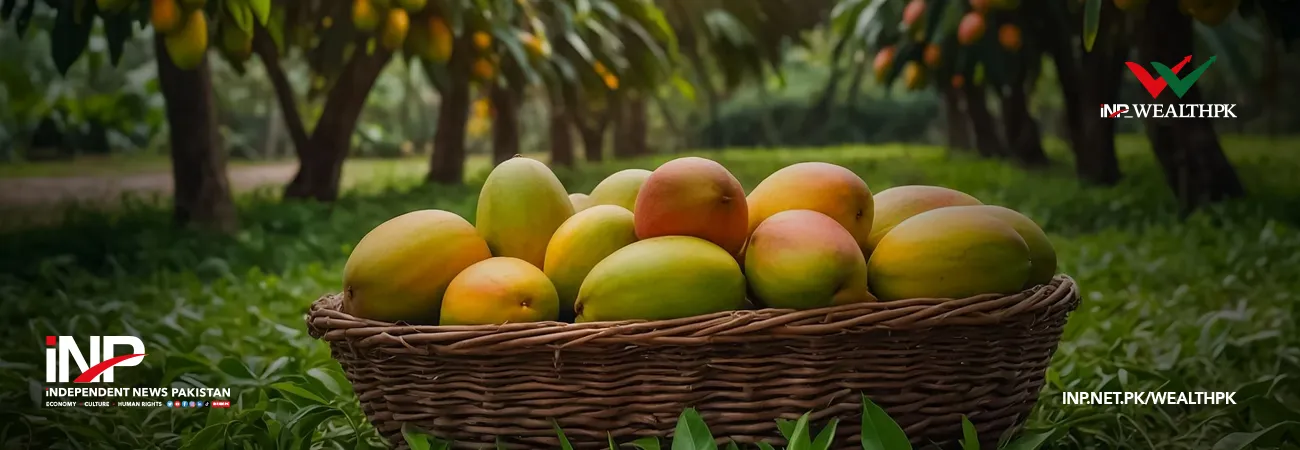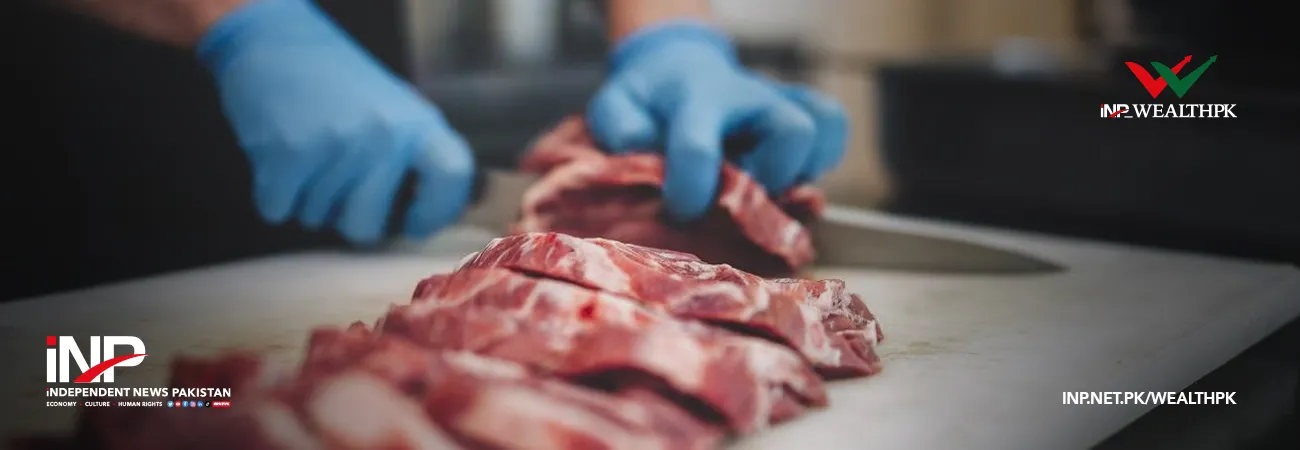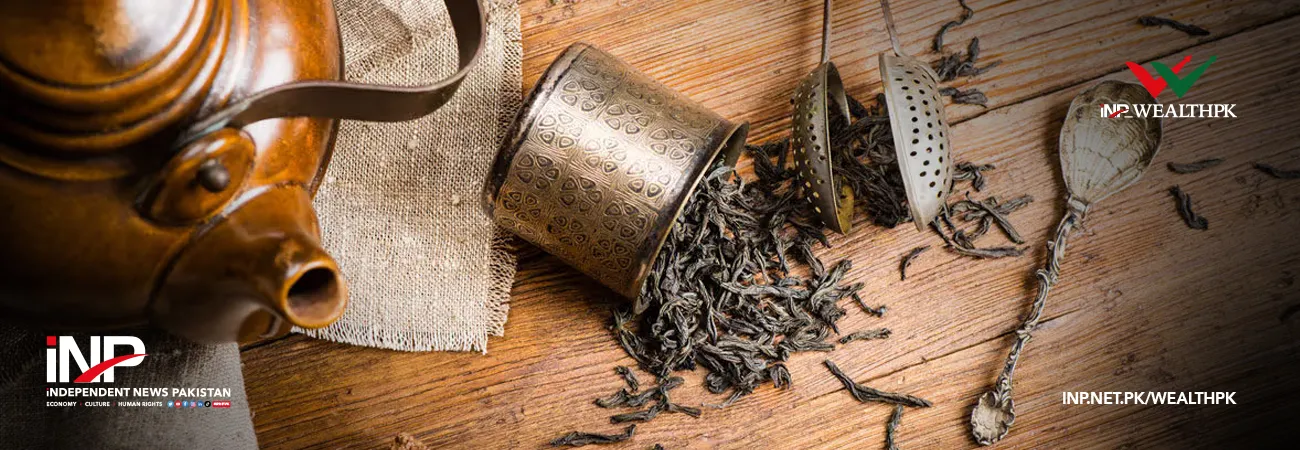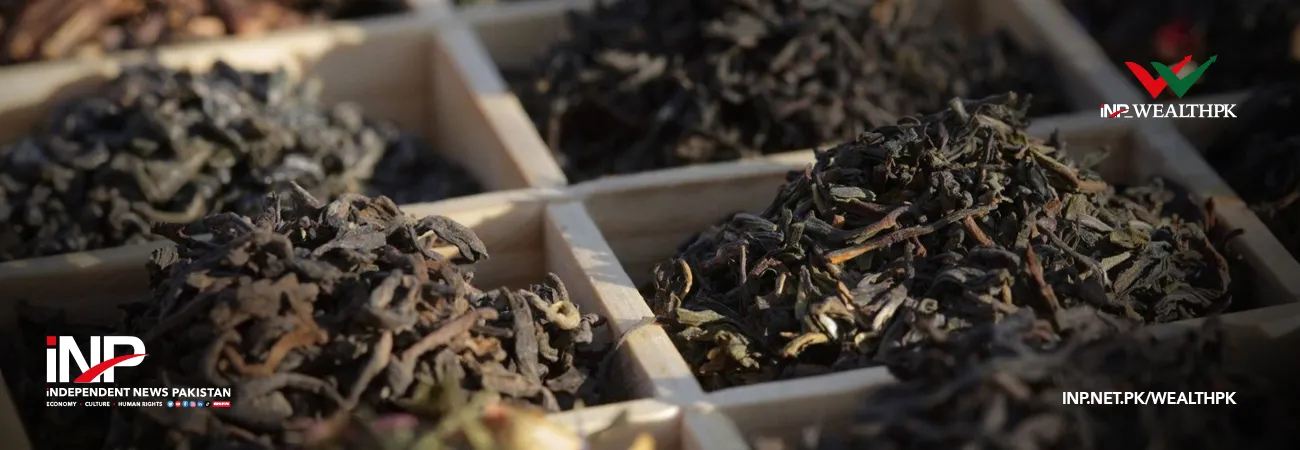INP-WealthPk
Azeem Ahmed Khan
A quiet revolution is underway in Pakistan’s mango orchards as growers turn their attention to the Small Tree System (STS), a cultivation model that promises faster returns, higher yields, and better fruit quality.
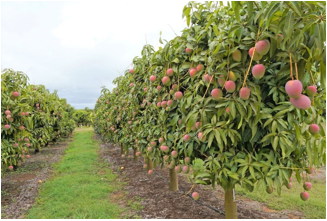
“Known globally as High-Density Plantation or Ultra High-Density Plantation, the STS has become a popular term among Pakistani mango farmers,” Abdul Ghaffar Grewal, former director of the Mango Research Institute, Multan, told WealthPK. STS is a relatively recent global innovation, with no more than 15 years of practical use. In that time, several countries have experimented with the system, with some reporting great success while others faced mixed outcomes, he said.
“However, despite conflicting global experiences, the outlook in Pakistan remains promising because local growers are increasingly curious, eager to learn about STS, and many are actively adopting it.” In Pakistan, STS has only been in practice for about five years. Orchards planted in or around 2019 are now maturing, and their performance is drawing attention, Grewal, who has also served as the principal scientist of the institute, said.
One of the system’s biggest attractions is its speed; mango trees under the STS begin fruiting in just five to six years and hit peak production shortly after, he added. “This is a dramatic improvement over traditional trees, which can take 12 to 15 years to reach the same stage.” Beyond faster fruiting, he said, the STS offers compact orchard structures and efficient use of land. A typical STS orchard has rows spaced 10 feet apart, with trees planted every three feet within the row, accommodating up to 1,450 trees per acre.
Even at 10-kilogramme of fruit per tree, this setup can yield 15 tonnes per acre, and potentially up to 20 tonnes, four to five times more than traditional orchards, he stressed. Comparative studies strengthen the case for the STS too. In Australia, the R2E2 variety produced 12 tonnes per acre under high-density planting, while Calypso yielded 20 tonnes, and Keitt went up to 28 tonnes (70 tonnes per hectare).
However, not all varieties suit STS, for example, the widely favoured Kensington Pride performed poorly under the system, highlighting the importance of careful variety evaluation, Grewal said. Australia’s geometry for STS differs from Pakistan’s, he said. Despite the variations, both systems aim to maximise production with fewer resources, he added.
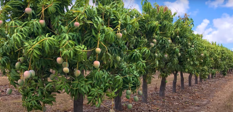
“Another major advantage of STS is its low production cost because the compact trees simplify pruning and spraying,” he said. “Farmers can also perform most tasks standing on the ground, reducing labour and equipment needs. STS also improves pest and disease control efficiency, requiring fewer insecticide applications while achieving better results,” he added.
Fruit quality under the STS is exceptional, as about 90% of the harvest falls in the A or A+ grade, with uniform size, shape, and overall appearance, Grewal said. “This is a significant advantage for growers targeting premium markets.”
However, STS is not without challenges; its success hinges on strict adherence to protocols. From the outset, plant structure must be carefully maintained. Grafting height should not exceed one foot, and primary branches must emerge at precise intervals to form a structured hedge, he said. “Any deviation can hinder productivity.”
Gaps in planting are particularly problematic, he said. With trees planted only three feet apart, missing a plant results in permanent canopy disruption, as the gap cannot be refilled later, he noted. “Additionally, young STS trees must be protected from heat for the first two to three seasons, a practice not traditionally followed in Pakistan,” he added.
Pruning is also central to the system’s success, Grewal said and added, each year, trees are cut back to “zero size” post-harvest to control vegetative growth and promote uniform flushing. “Unchecked growth increases root development, which may lead to excessive vegetative expansion and ultimately reduce productivity.”
Additionally, each shoot in the STS must bear fruit each year because when a terminal branch fails to flower, it leads to vegetative growth that in turn triggers excessive root development, disturbing the plant’s natural balance, he said. So, proper timing and precise technique in pruning and flushing are essential to maintain consistent productivity, he added.
He explained that the STS is based on scientific principles and demands both technical knowledge and disciplined execution. “If the required protocols are not followed, the orchard can quickly become disorganised and unproductive.” As the system gains popularity in Pakistan, a deeper, more technical understanding is also emerging, he observed.
In a nutshell, it can be said that the STS is reshaping mango farming in Pakistan with high yields, excellent fruit quality, reduced costs, and faster returns, but only for those ready to embrace its precise demands.
Credit: INP-WealthPk



